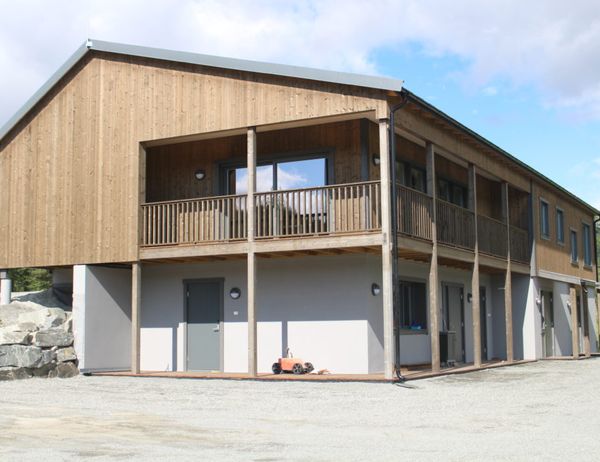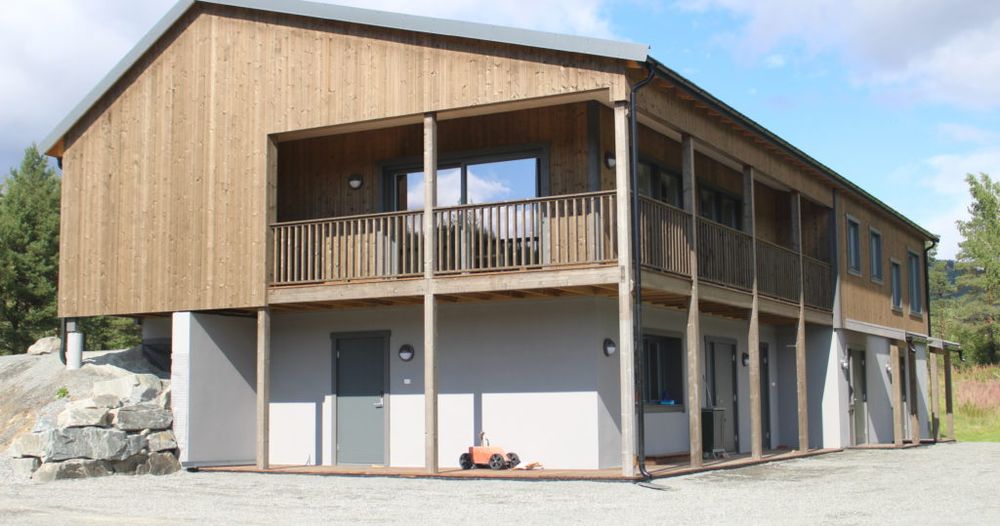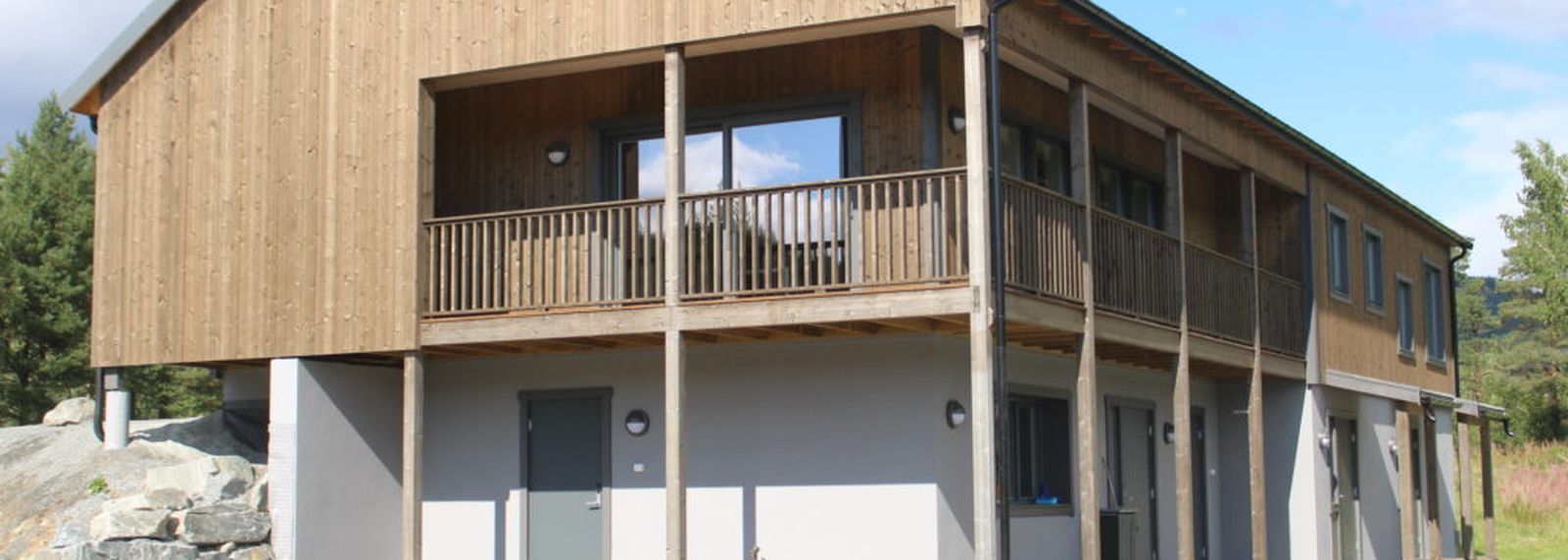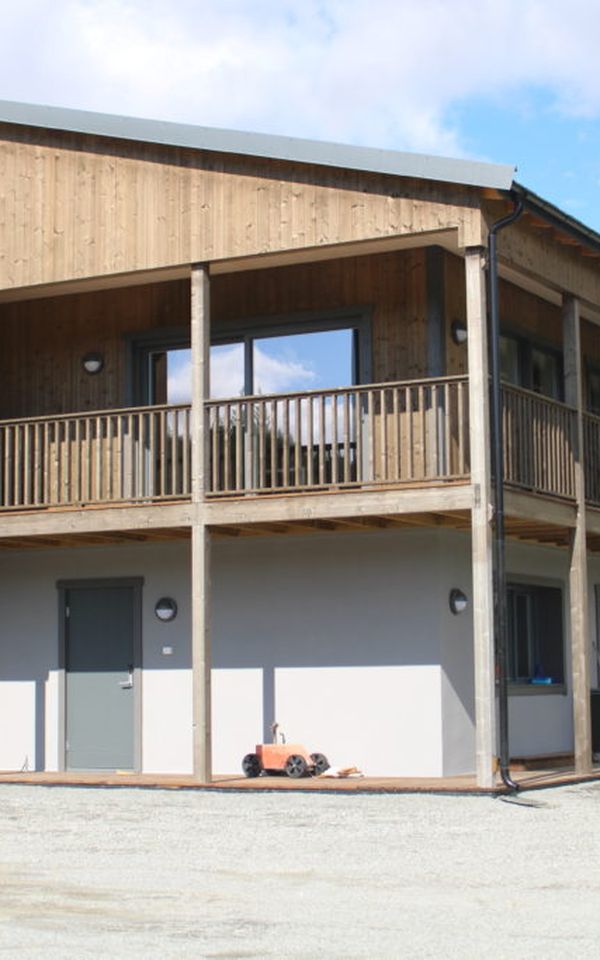
Iron sulphate – allowing buildings to age with dignity
Giving the wood of a building an untreated appearance has become increasingly popular recently, where a natural expression is highly valued.
A building treated with iron sulphate will have a silver-grey look characterised by weather and wind – a timeless aesthetic that many people seek for both cabins and modern homes.
In addition, when the treatment only needs to be carried out once, making the wooden wall maintenance-free, we understand why this has become the preferred choice for many. If you don't want to paint or stain the exterior cladding, iron sulphate is a perfect solution to achieve a characteristic 'mountain cabin' feel on the wood.
The effect of iron sulphate on the wood
Treatment with iron sulphate quickly and easily gives the cladding a furrowed, weathered appearance with a greyish patina. The wood takes on a silvery-grey appearance on the surface, which is primarily affected by two factors: moisture and sunlight.
Iron sulphate accelerates the natural aging of the wood and gives you that weathered look in no time. This happens because the surface of the wood reacts chemically with the sunlight and then decomposes in a controlled manner.
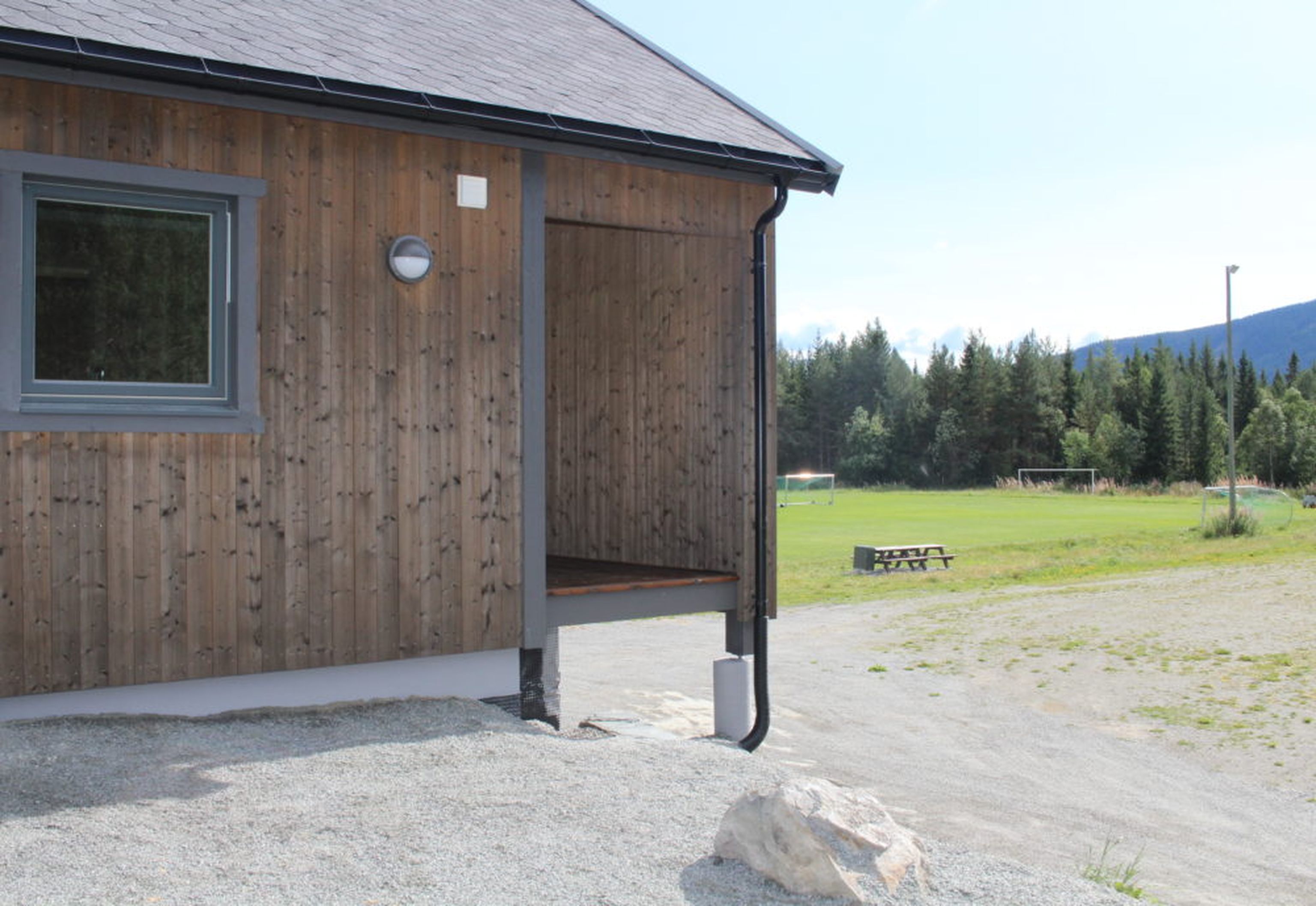
Unprotected wood – important precautions
You need to be aware that iron sulphate treatment does not contain oil, so the wood of the building will be relatively unprotected. As long as you ensure good ventilation around the wood and avoid direct ground contact, the cladding will be able to last for many decades.
The freedom from repeated rounds of maintenance is probably the biggest advantage – only one treatment is needed before the wood is left to nature's own processes.
An important aesthetic aspect you should be prepared for is that wood that is under roof overhangs – around frames or in shaded areas protected from rain – will often take longer to achieve a grey patina. Although this may initially give a slightly uneven appearance, nature takes its course, and the unevenness will gradually even out.

A chemical reality – iron sulphate meets metal
Vyrk treats exterior claddings by mixing iron sulphate with water, which is then applied to the cladding in a controlled process.
Iron sulphate – also known as ferrous sulphate – is simply made up of iron and salt. However, the combination of iron, salt, and water forms a mixture that can easily cause rust.
Iron sulphate-treated lumber is therefore assembled with acid-resistant screws and nails to prevent rust formation. Metal fittings around doors and windows can also corrode and leave rust streaks as rainwater flows downward from the treated cladding. These fittings should therefore also be of suitable materials that resist this chemical influence.
Finally, you should be aware that treatment with iron sulphate breaks down the outermost layer of the wood, so you can never paint the surface later. In other words, you should be absolutely sure that this is the look you want, as the choice will remain on the building for many years.
Feel free to contact us at Vyrk if you have any questions about exterior cladding - whether you are considering painted, stained or iron sulphate treated wood.
.

